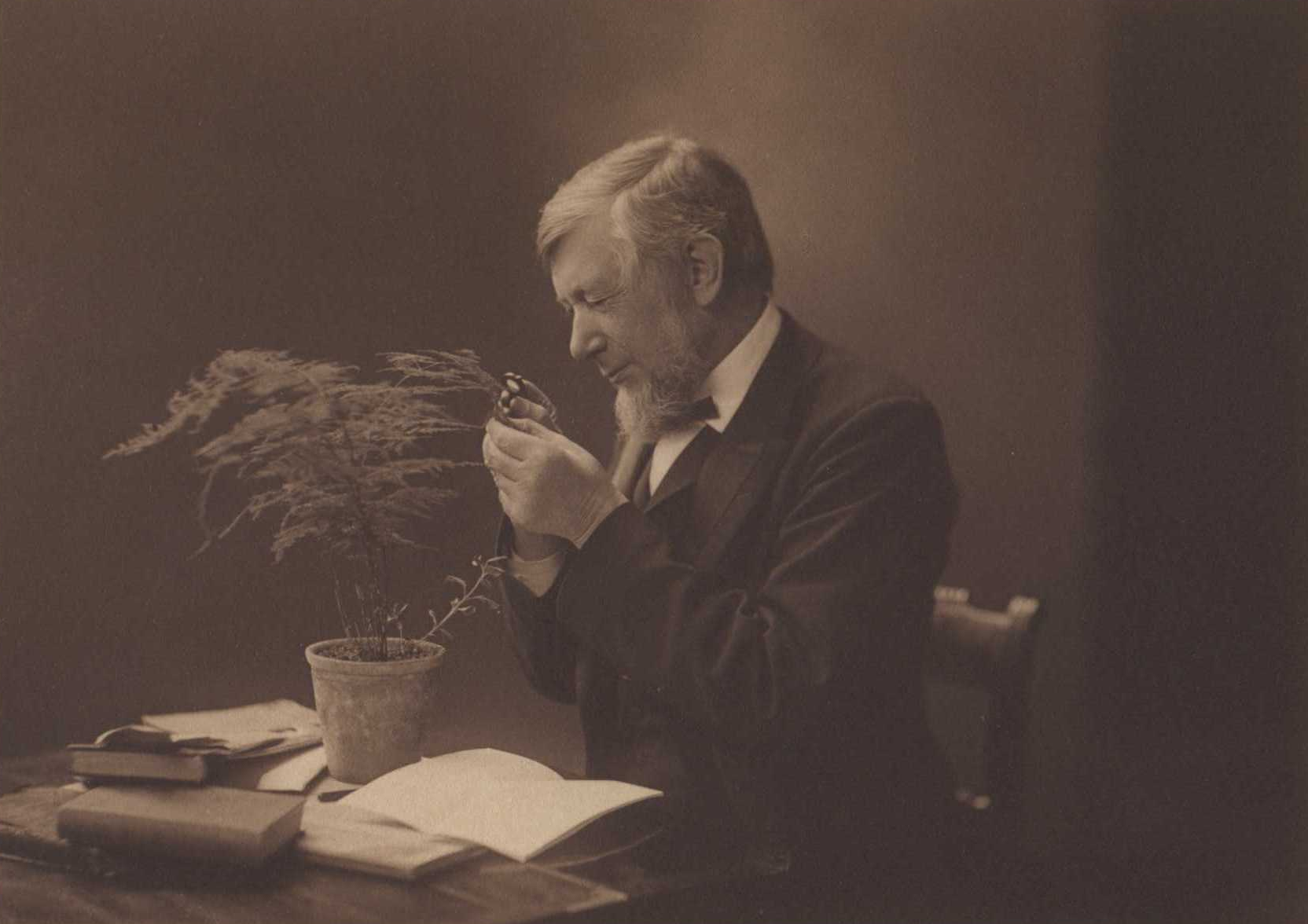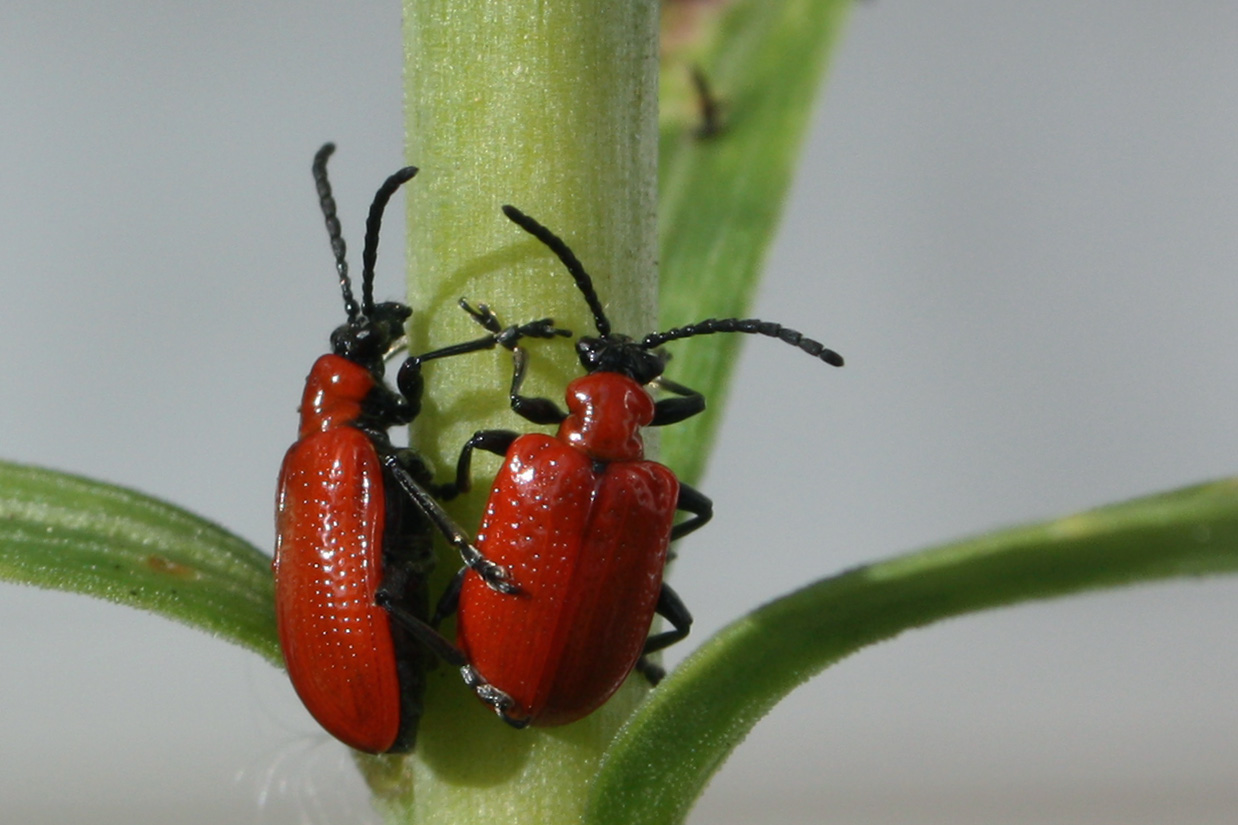|
Lilium Oxypetalum
''Lilium oxypetalum'' is a small to medium member of the Liliaceae family which grows to a height of 20–30 cm. It is native to the N. W. Himalayas. It grows as a single stem from a bulb, preferring a cool, shady position in moist, acid soil. The green stem is tinged with purple and supports a scattering of linear to lanceolate The following terms are used to describe leaf plant morphology, morphology in the description and taxonomy (biology), taxonomy of plants. Leaves may be simple (that is, the leaf blade or 'lamina' is undivided) or compound (that is, the leaf blade ... leaves, sometimes in a whorl beneath the flowers. The leaves are up to 7 cm long. The yellow, semi-pendant, unscented flowers are produced in early summer in ones or twos on slender stems. The flowers are shaped like a shallow bowl, up to 5 cm across and have a scattering of purple spots near the centre.Christopher Brickell, The RHS Encyclopedia of Garden Plants, Dorling Kindersly, London 19 ... [...More Info...] [...Related Items...] OR: [Wikipedia] [Google] [Baidu] |
David Don
David Don (21 December 1799 – 15 December 1841) was a Scottish botanist. Biography David Don was born on 21 December 1799 at Doo Hillock, Forfar, Angus, Scotland to Caroline Clementina Stuart, and her husband George Don of Forfar. His older brother was George Don, also a botanist. His father was a curator at the Royal Botanic Garden, Leith Walk, Edinburgh. Don was Professor of Botany at King's College London from 1836 to 1841, and librarian at the Linnean Society of London from 1822 to 1841. He described several of the major conifers discovered in the period, including first descriptions of coast redwood (''Taxodium sempervirens'' D. Don; now ''Sequoia sempervirens'' (D. Don) Endl.), Bristlecone Fir (''Pinus bracteata'' D. Don, now ''Abies bracteata'' (D. Don) A. Poit.), Grand Fir (''Pinus grandis'' Douglas ex D. Don; now ''Abies grandis'' (Douglas ex D. Don) Lindl.) and Coulter Pine (''Pinus coulteri'' D. Don), and was the first to treat Sugi (''Cupressus japonica' ... [...More Info...] [...Related Items...] OR: [Wikipedia] [Google] [Baidu] |
John Gilbert Baker
John Gilbert Baker (13 January 1834 – 16 August 1920) was an England, English botanist. His son was the botanist Edmund Gilbert Baker (1864–1949). Biography Baker was born in Guisborough in North Yorkshire, the son of John and Mary (née Gilbert) Baker, and died in Kew. He was educated at Quaker schools at Ackworth School and Bootham School, York. He then worked at the library and herbarium of the Royal Botanic Gardens, Kew between 1866 and 1899, and was keeper of the herbarium from 1890 to 1899. He wrote handbooks on many plant groups, including Amaryllidaceae, Bromeliaceae, Iridaceae, Liliaceae, and ferns. His published works includ''Flora of Mauritius and the Seychelles''(1877) and ''Handbook of the Irideae'' (1892). Baker issued several exsiccata-like series, among others the series ''Herbarium of British Roses [Herbarium Rosarum Britannicarum]''.Triebel, D. & Scholz, P. 2001–2024 ''IndExs – Index of Exsiccatae''. – Botanische Staatssammlung München: http://in ... [...More Info...] [...Related Items...] OR: [Wikipedia] [Google] [Baidu] |
Liliaceae
The lily family, Liliaceae, consists of about 15 genera and 610 species of flowering plants within the order Liliales. They are monocotyledonous, perennial, herbaceous, often bulbous geophytes. Plants in this family have evolved with a fair amount of morphological diversity despite genetic similarity. Common characteristics include large flowers with parts arranged in threes: with six colored or patterned petaloid tepals (undifferentiated petals and sepals) arranged in two whorls, six stamens and a superior ovary. The leaves are linear in shape, with their veins usually arranged parallel to the edges, single and arranged alternating on the stem, or in a rosette at the base. Most species are grown from bulbs, although some have rhizomes. First described in 1789, the lily family became a paraphyletic "catch-all" ( wastebasket) group of lilioid monocots that did not fit into other families and included a great number of genera now included in other families and in some case ... [...More Info...] [...Related Items...] OR: [Wikipedia] [Google] [Baidu] |
Linear
In mathematics, the term ''linear'' is used in two distinct senses for two different properties: * linearity of a '' function'' (or '' mapping''); * linearity of a '' polynomial''. An example of a linear function is the function defined by f(x)=(ax,bx) that maps the real line to a line in the Euclidean plane R2 that passes through the origin. An example of a linear polynomial in the variables X, Y and Z is aX+bY+cZ+d. Linearity of a mapping is closely related to '' proportionality''. Examples in physics include the linear relationship of voltage and current in an electrical conductor ( Ohm's law), and the relationship of mass and weight. By contrast, more complicated relationships, such as between velocity and kinetic energy, are '' nonlinear''. Generalized for functions in more than one dimension, linearity means the property of a function of being compatible with addition and scaling, also known as the superposition principle. Linearity of a polynomial means that its de ... [...More Info...] [...Related Items...] OR: [Wikipedia] [Google] [Baidu] |
Lanceolate
The following terms are used to describe leaf plant morphology, morphology in the description and taxonomy (biology), taxonomy of plants. Leaves may be simple (that is, the leaf blade or 'lamina' is undivided) or compound (that is, the leaf blade is divided into two or more leaflet (botany), leaflets). The edge of the leaf may be regular or irregular, and may be smooth or have hair, bristles, or spines. For more terms describing other aspects of leaves besides their overall morphology see the leaf#Terminology, leaf article. The terms listed here all are supported by technical and professional usage, but they cannot be represented as mandatory or undebatable; readers must use their judgement. Authors often use terms arbitrarily, or coin them to taste, possibly in ignorance of established terms, and it is not always clear whether because of ignorance, or personal preference, or because usages change with time or context, or because of variation between specimens, even specimens from ... [...More Info...] [...Related Items...] OR: [Wikipedia] [Google] [Baidu] |
Flora Of Nepal
The flora of Nepal is one of the richest in the world due to the diverse climate, topology and geography of the country. Research undertaken in the late 1970s and early 1980s documented 5067 species of which 5041 were angiosperms and the remaining 26 species were gymnosperms. The Terai area has hardwood, bamboo, palm, and sal trees. Notable plants include the garden angelica, '' Luculia gratissima'', '' Meconopsis villosa'', and '' Persicaria affinis''. However, according to ICOMOS checklist (as of 2006), in the protected sites, there are 2,532 species of vascular plants under 1,034 genera and 199 families. The variation in figures is attributed to inadequate floral coverage filed studies. Some of the plants contain medicinal values. It contains certain chemical which is used to heal wound by There are 400 species of vascular plants which are endemic to Nepal. Of these, two in particular are orchids '' Pleione coronaria'' and '' Oreorchis porphyranthes.'' The most popular endemic ... [...More Info...] [...Related Items...] OR: [Wikipedia] [Google] [Baidu] |
Lilium
''Lilium'' ( ) is a genus of Herbaceous plant, herbaceous flowering plants growing from bulbs, all with large and often prominent flowers. Lilies are a group of flowering plants which are important in culture and literature in much of the world. Most species are native to the Northern Hemisphere and their range is temperate climates and extends into the subtropics. Many other plants have "lily" in their common names, but do not belong to the same genus and are therefore not true lilies. True lilies are known to be highly toxic to cats. Description Lilies are tall perennial plant, perennials ranging in height from . They form naked or tunicless scaly underground bulbs which are their organs of perennation. In some North American species the base of the bulb develops into rhizomes, on which numerous small bulbs are found. Some species develop stolons. Most bulbs are buried deep in the ground, but a few species form bulbs near the soil surface. Many species form stem-roots. With t ... [...More Info...] [...Related Items...] OR: [Wikipedia] [Google] [Baidu] |
Taxa Named By David Don
In biology, a taxon (back-formation from ''taxonomy''; : taxa) is a group of one or more populations of an organism or organisms seen by taxonomists to form a unit. Although neither is required, a taxon is usually known by a particular name and given a particular ranking, especially if and when it is accepted or becomes established. It is very common, however, for taxonomists to remain at odds over what belongs to a taxon and the criteria used for inclusion, especially in the context of rank-based (" Linnaean") nomenclature (much less so under phylogenetic nomenclature). If a taxon is given a formal scientific name, its use is then governed by one of the nomenclature codes specifying which scientific name is correct for a particular grouping. Initial attempts at classifying and ordering organisms (plants and animals) were presumably set forth in prehistoric times by hunter-gatherers, as suggested by the fairly sophisticated folk taxonomies. Much later, Aristotle, and later still ... [...More Info...] [...Related Items...] OR: [Wikipedia] [Google] [Baidu] |




